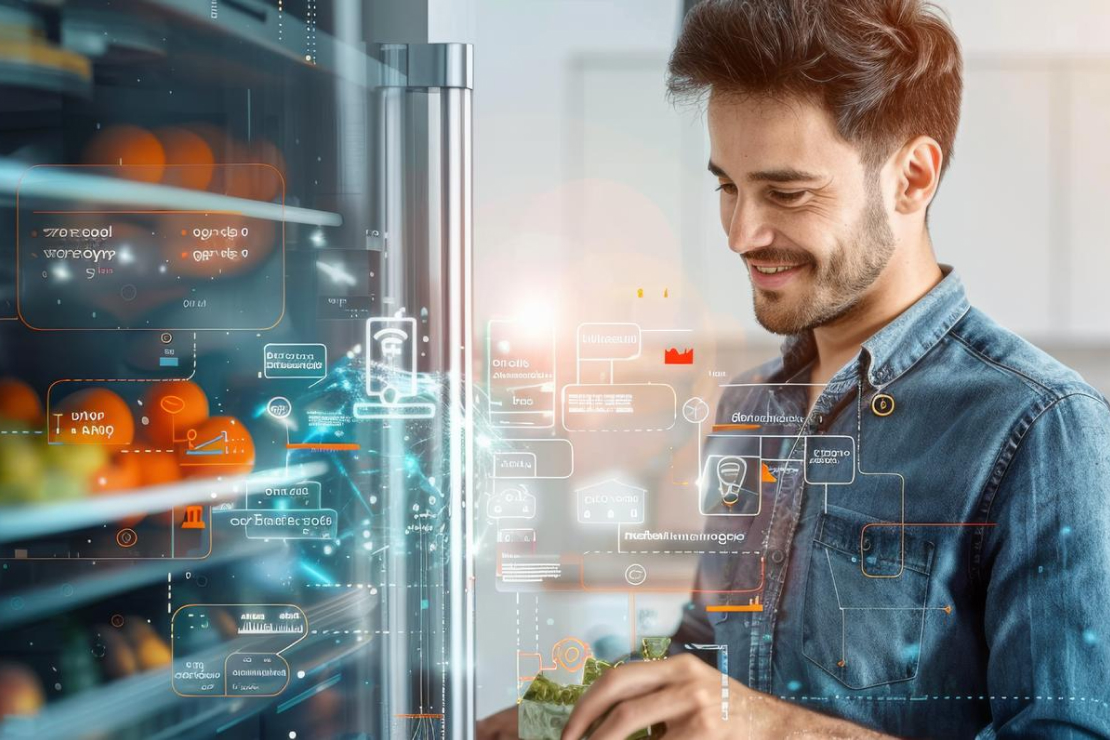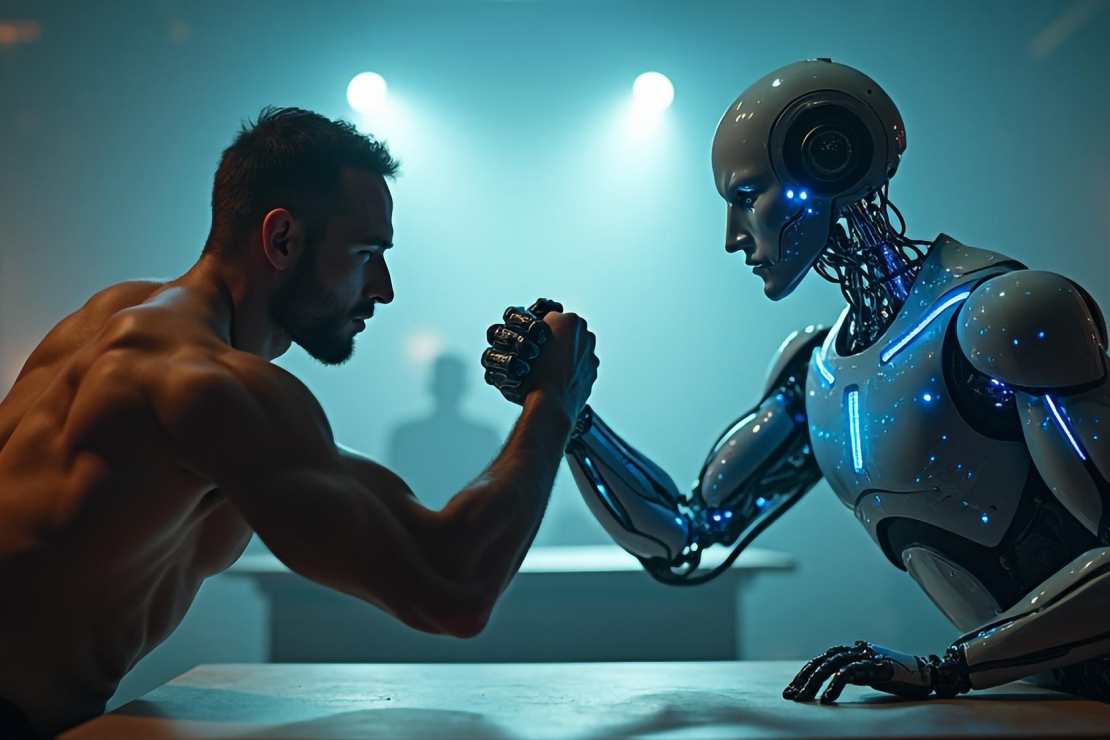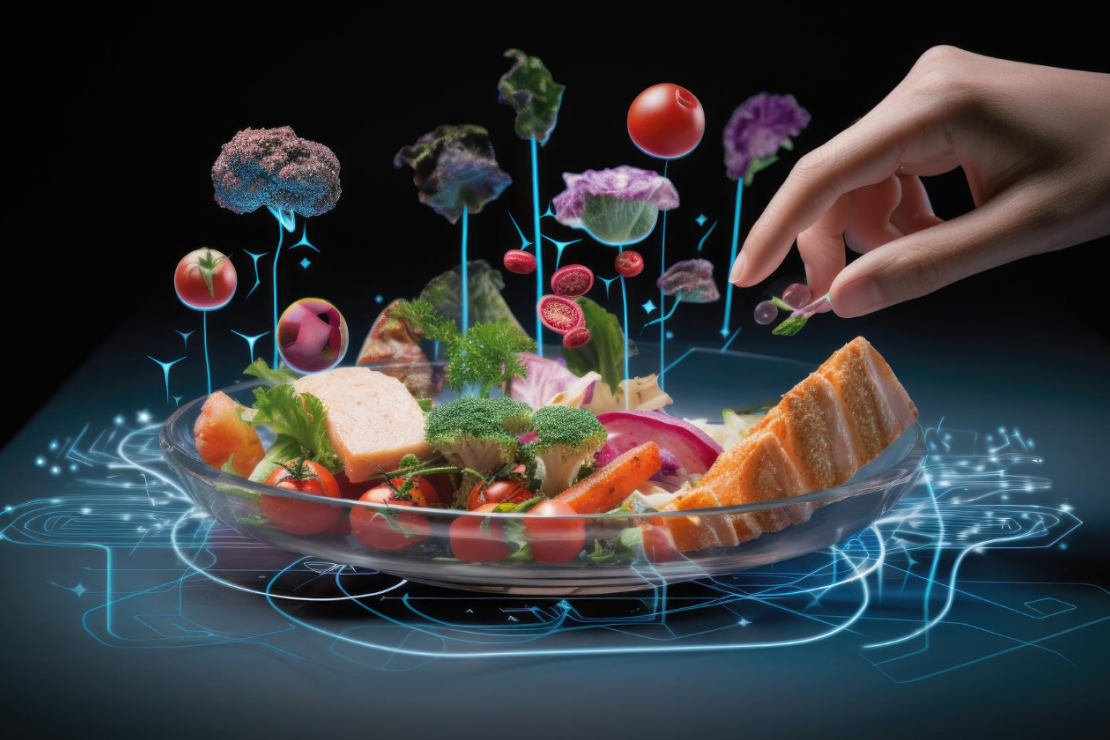Can AI Predict What You Should Eat Next? The Future of Dynamic Meal Planning
Explore how artificial intelligence is revolutionizing meal planning by predicting your next meal based on personal data, health goals, and real-time needs. Discover the future of dynamic nutrition.

Table of Content
The Dawn of Predictive Nutrition: AI in Your Kitchen
Imagine a world where your refrigerator not only knows what's inside but also suggests your next meal based on your current activity levels, sleep quality, and even your mood. This isn't science fiction; it's the rapidly approaching reality of AI-powered dynamic meal planning. As artificial intelligence becomes increasingly sophisticated, its ability to analyze complex data and predict human needs is transforming the landscape of personalized nutrition.
From Static Meal Plans to Dynamic Recommendations
Traditional meal planning often involves rigid, pre-set menus that fail to adapt to the unpredictable nature of daily life. AI, however, introduces a new era of dynamic meal planning that evolves with you.
Limitations of Traditional Meal Planning:
- One-size-fits-all approach, ignoring individual variations.
- Lack of real-time adaptation to changing energy needs or cravings.
- Time-consuming manual adjustments and recipe searches.
- Difficulty in maintaining adherence due to inflexibility.
How AI Predicts Your Next Meal: The Core Technologies
The magic behind AI-powered meal prediction lies in the integration of several cutting-edge technologies that collect, analyze, and interpret vast amounts of personal data.
1. Data Collection and Integration:
- Wearable Devices: Fitness trackers and smartwatches provide real-time data on activity levels, heart rate, sleep patterns, and even stress indicators.
- Smart Kitchen Appliances: Refrigerators with internal cameras track inventory, while smart scales and cooking devices log food consumption and preparation methods.
- User Input: Manual logging of mood, energy levels, and cravings provides crucial subjective data for the AI to learn from.
- Genomic Data: In the future, integration with personal genomic data could allow for even more precise recommendations based on individual metabolic predispositions.
2. Machine Learning and Predictive Analytics:
Once data is collected, sophisticated machine learning algorithms get to work. These algorithms are trained on massive datasets of nutritional science, dietary patterns, and individual responses to food.
- Pattern Recognition: AI identifies correlations between your activity, sleep, mood, and previous food choices, learning what meals optimize your performance and well-being.
- Predictive Modeling: Based on these patterns, the AI can forecast your future nutritional needs and potential cravings, suggesting meals that proactively address them.
- Reinforcement Learning: The system continuously refines its recommendations based on your feedback, learning from what you like, what makes you feel good, and what helps you achieve your goals.
The Benefits of AI-Powered Dynamic Meal Planning
The implications of predictive nutrition extend far beyond simple convenience, offering profound benefits for health, wellness, and dietary adherence.
1. Hyper-Personalization:
- Recommendations tailored to your unique metabolism, activity, and preferences.
- Adaptation to real-time changes in your body's needs (e.g., higher protein after an intense workout, lighter meal before a restless night).
- Consideration of dietary restrictions, allergies, and ethical choices automatically.
2. Enhanced Dietary Adherence:
- Reduces decision fatigue by suggesting optimal choices, making healthy eating effortless.
- Proactive craving management helps prevent unhealthy snacking and overeating.
- Increased enjoyment of meals due to personalized recommendations that align with taste and satiety.
3. Optimized Health Outcomes:
- Improved nutrient intake, addressing potential deficiencies before they arise.
- Better blood sugar control and metabolic health due to precise carb timing and portioning.
- Support for weight management goals by maintaining an optimal calorie and macro balance.
- Enhanced athletic performance and recovery through tailored fueling strategies.
Real-World Applications and Future Possibilities
While still evolving, elements of AI-powered meal prediction are already being integrated into smart kitchen ecosystems and nutrition apps like Macro Tracking AI.
Current Applications:
- Smart Refrigerators: Suggest recipes based on available ingredients and family preferences.
- Nutrition Apps: Offer personalized meal plans and food suggestions based on logged data and user goals.
- Grocery Delivery Services: Curate shopping lists based on predicted consumption and dietary needs.
Future Possibilities:
- Real-time Biomarker Integration: Continuous glucose monitors and other biosensors could provide instant feedback for meal adjustments.
- AI-Driven Cooking: Smart ovens and cooking robots could prepare meals based on AI recommendations and available ingredients.
- Personalized Supplementation: AI could recommend precise micronutrient supplementation based on dietary gaps and individual needs.
- Health Intervention: Predictive analytics could identify potential health risks and suggest dietary interventions to prevent chronic diseases.
Challenges and Ethical Considerations
The rise of predictive nutrition also brings important challenges and ethical considerations.
- Data Privacy: The vast amount of personal data collected raises concerns about privacy and data security.
- Algorithmic Bias: AI models could perpetuate biases if not trained on diverse datasets, leading to suboptimal recommendations for certain populations.
- Over-reliance on Technology: There's a risk of individuals losing intuition about their own bodies and becoming overly dependent on AI.
- Accessibility: The cost and availability of advanced AI nutrition technology could create a divide in access to personalized health solutions.
Conclusion: A Smarter Way to Eat
AI-powered meal prediction and dynamic meal planning represent a significant leap forward in personalized nutrition. While challenges remain, the potential to optimize health, enhance dietary adherence, and simplify healthy eating is immense. As these technologies continue to evolve, they promise a future where eating well is not just a goal, but an effortless and intuitive part of daily life.
"The future of nutrition isn't about following rigid rules; it's about leveraging intelligent systems to understand our unique bodies and make informed, dynamic choices that lead to optimal health and well-being."
Frequently Asked Questions
How accurate are AI meal prediction systems?
The accuracy of AI meal prediction systems is continuously improving with advancements in machine learning and data collection. Apps like Macro Tracking AI use sophisticated algorithms and large datasets to achieve high accuracy in food recognition and nutritional analysis, often exceeding manual tracking precision.
Can AI help with specific dietary restrictions like vegan or keto?
Yes, AI systems are highly adaptable and can be trained to understand and recommend meals for various dietary restrictions, including vegan, keto, gluten-free, and allergen-specific diets. They can suggest compliant alternatives and ensure nutritional balance within these parameters.
Is my personal data safe with AI nutrition apps?
Reputable AI nutrition apps prioritize data privacy and security. They typically use encryption, anonymization, and secure cloud storage. Always choose apps that clearly outline their data privacy policies and comply with regulations like GDPR, ensuring your personal health information is protected.
Start Your Health Journey Today
Download Macro Tracking AI and take control of your nutrition with the power of artificial intelligence.
Download on App Store

